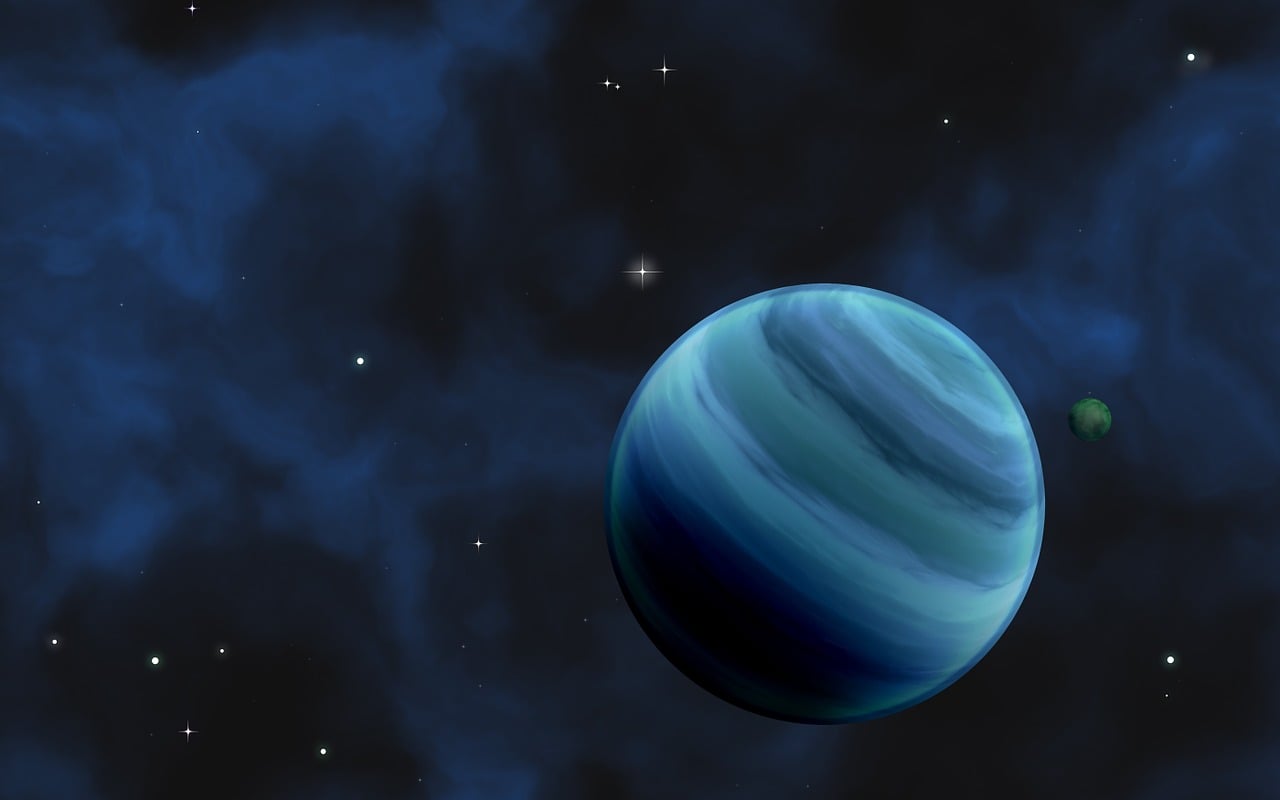Scientists have been working on discovering more planets that could harbor life as we know it on Earth. Recently, a research team from Tokyo discovered 15 new exoplanets. Furthermore, out of those 15, they confirmed that there are three super-Earths, and out of those three one is confirmed to be located in the habitable zone of the star it orbits.
Scientists are hoping to discover increasing chances of finding extraterrestrial life in the newly discovered exoplanets, as more of them are confirmed to meet many of the conditions necessary to harbor life. According to the team from the Tokyo Institute of Technology’s Department of Earth and Planetary Scientists, the 15 exoplanets are orbiting red dwarf stars. The star K2-155 is one of the brighter red dwarfs discovered and is located about 200 light years away from us.
The researchers published their findings of the 15 new exoplanets in The Astronomical Journal in two papers. The researchers obtained data from NASA’s Kepler’s second mission K2 to study the exoplanets. Also, they used observations from Hawaii’s Subaru Telescope and Spain’s Nordic Optical Telescope.
Out of the 15 new exoplanets, there is a system that has three super-Earths, and the super-Earth that is orbiting at the farthest location away from its star could be in its habitable zone. This exoplanet, K2-155d, has a radius of 1.6 times larger compared to Earth. After combining the data from the different telescopes, they discovered that K2-155d could potentially host liquid water on its surface. They used 3D global climate simulations to conclude this.
Nevertheless, scientists will need to conduct further research to determine whether K2-155 is sufficiently large and warm enough to provide necessary conditions for life on the planet. Three-quarters of the stars in the galaxy are classified as red dwarfs. They are from 7% to 60% the size of the Sun. Given that they have smaller mass, they also don’t get as hot as our Sun, and they emit less light compared to the Sun.
“It’s important to note that the number of planets around red dwarfs is much smaller than the number around solar-type stars,” lead researcher Teruyuki Hirano of Tokyo Institute of Technology’s Department of Earth and Planetary Sciences said in a statement. “Red dwarf systems, especially coolest red dwarfs, are just beginning to be investigated, so they are very exciting targets for future exoplanet research.”
That’s what makes discoveries of the Earth-like planets exciting because scientists can make guesses as to whether there could be life on those planets one day or not. However, it’s worth noting that Earth-like planets don’t confirm that there could be life supported on those planets, but rather that they are terrestrial and contain a sufficient amount of mass to host an atmosphere.
Given that red dwarfs emit less light, the habitable zones covered by those stars are much smaller compared to the solar-type star that Earth is orbiting. The planets orbiting red dwarfs are usually tidally locked to the star, meaning that only one side of the planet is lightened by the star and the other side is in darkness. That also means that the weather conditions of the planet could be erratic. Furthermore, there could be huge storms which could be blowing between the two halves of the planet, which makes life conditions impossible.
Another worrying thing about the star, is that red dwarfs emit stellar flares, which could damage the planet’s atmosphere considering that the planets are close to the red dwarfs. That way, it would be more difficult to predict weather conditions, and whether red dwarf systems are capable of hosting life on their planets.





